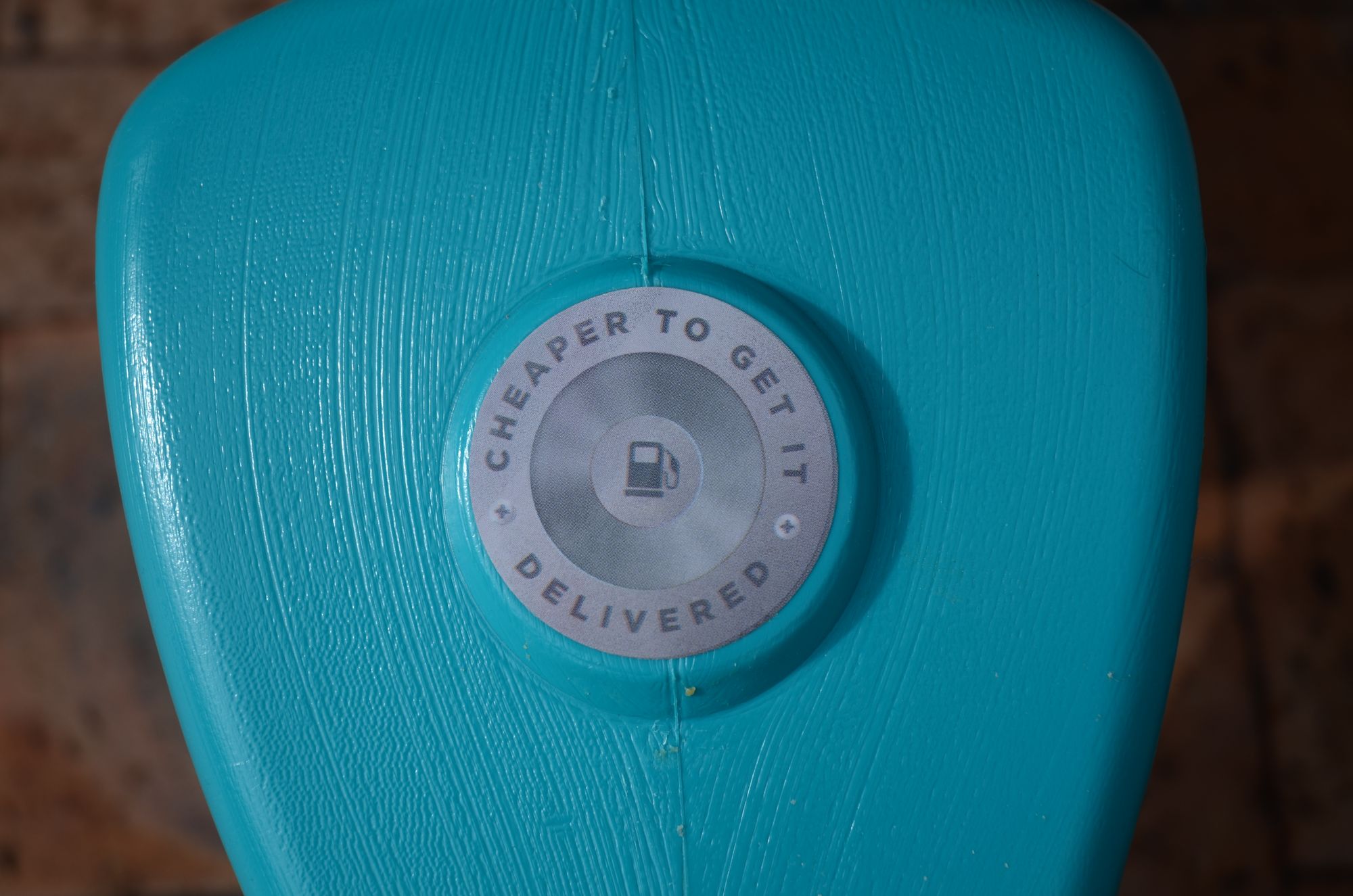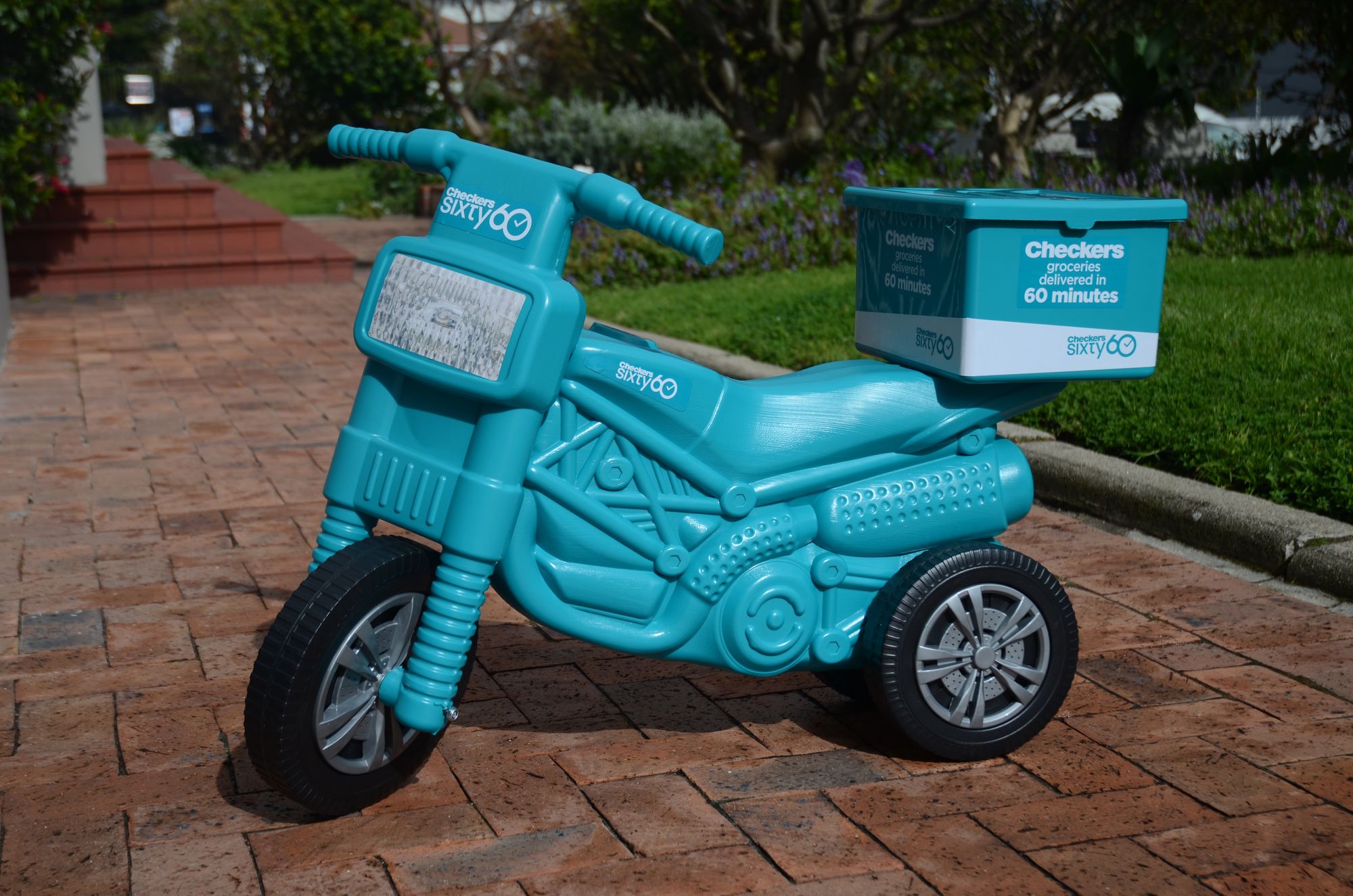The Checkers Sixty60 delivery bike is smart brand building
Might Checkers Sixty60 have successfully reimagined an old supermarket promotional tactic?
Some may think that we are paid to highlight some of the strategic successes that the Shoprite Checkers group have had over the past couple of years.
We are not.
The reason that the organisation does feature so regularly is because strategically they are churning out noteworthy innovations with such a cadence, that frankly it's difficult not to find interest in their approach and execution.



The Checkers Sixty60 delivery bike available from Checkers stores for R399
Their latest interesting project is the launch of the Checkers Sixty60 delivery bike for children.

